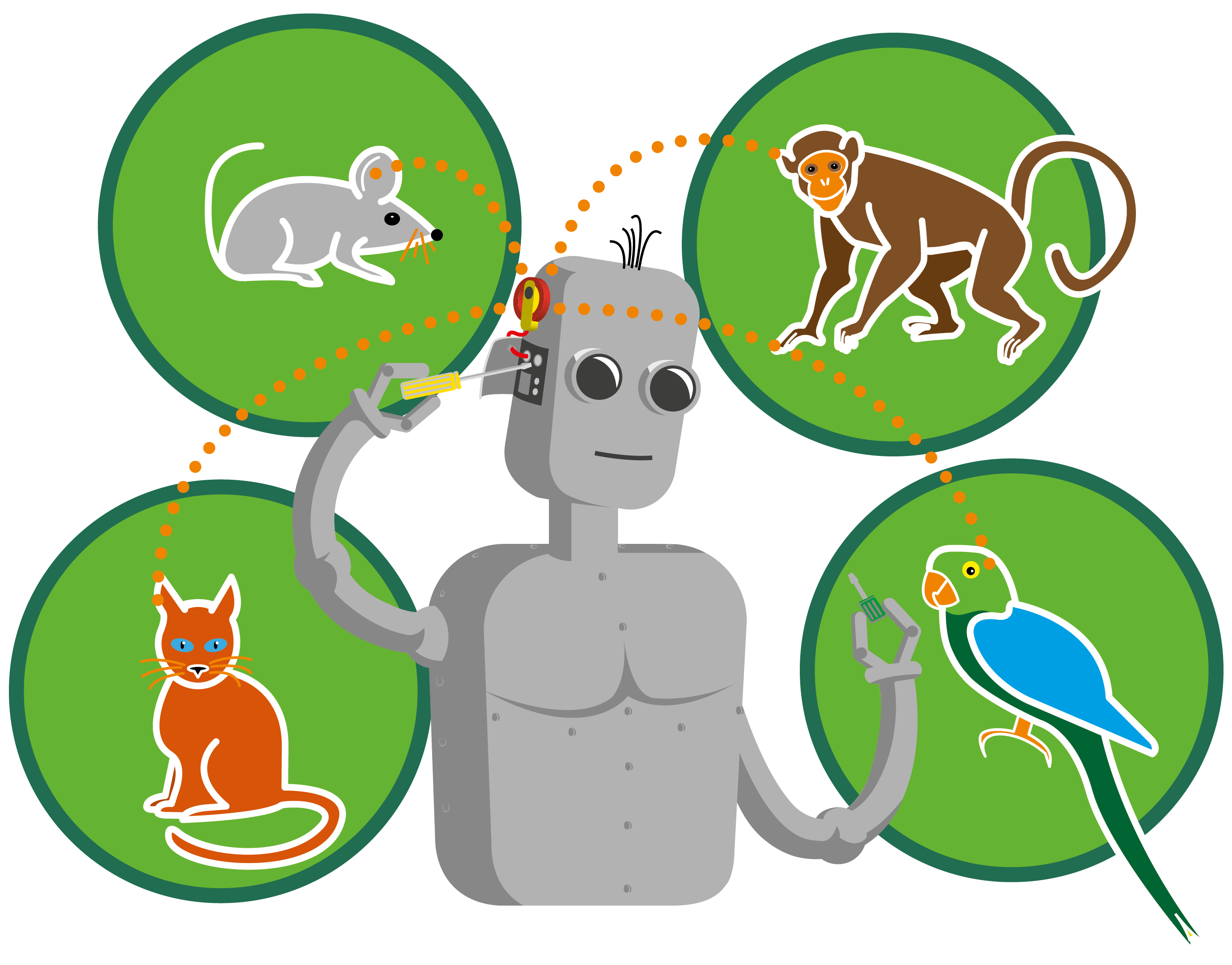Speech related hearing aid benefit index derived from standardized self-reported questionnaire data
Abstract
Speech understanding in noisy environments has been the most desired hearing-aid (HA) benefit sought by HA users. This paper examines the possibility of developing a speech-related HA benefit index from the speech- related questions in the self-reported questionnaire data. One question from Health-Related Quality of Life (HRQoL) instrument 15D and nine questions from the Speech, Spatial and Qualities of Hearing Scale (SSQ) having a direct implication to speech were selected for the analysis. After applying weights relevant to 15D, a delta of base-line (prior to HA fitting) and follow-up (two months after the initial fitting) responses to the selected questions were determined. A principal component analysis (PCA) was performed on the scaled and centered delta values. The resultant principal component scores were used to derive the composite index indicative of speech-related HA benefit.
References
Chao, Y.-S. and Wu, C.-J. (2017). “Principal component-based weighted indices and a framework to evaluate indices: Results from the Medical Expenditure Panel Survey 1996 to 2011,” in PLoS ONE 12(9): e0183997.
Cox, R. M. (2009). “The International Outcome Inventory for Hearing Aids (IOI- HA): Psychometric properties of the english version,” in Int. J. Audiol., 42(sup1), 90–96.
Cox, R. M. and Alexander, G. C. (2009). “Assessment of subjective outcome of hearing aid fitting: getting the client’s point of view,” in Int. J. Audiol., 41(1), 30–35.
Dillon, H., Birtles, G., and Lovegrove, R. (1999). “Measuring the Outcomes of a National Rehabilitation Program: Normative Data for the Client Oriented Scale of Improvement (COSI) and the Hearing Aid User’s Questionnaire (HAUQ),” in J. Am. Acad. Audiol., 10, 67-79.
Gatehouse, S. and Akeroyd, M. (2006). “Two-eared listening in dynamic situations,” in Int. J. Audiol., 45 sup1, 120-124.
Gatehouse, S. and Noble, I. (2004). “The Speech, Spatial and Qualities of Hearing Scale (SSQ),” in Int. J. Audiol., 43, 85–99.
Antony, G. M. and Rao, K. V. (2007). “To calculate the Human Development Index (HDI) and Human Poverty Index (HPI) of Indian states; to trace the indicators useful for finding variations in poverty; and to develop a composite index that may explain variations in poverty, health, nutritional status and standard of living.,” in Public Health, 121(8), 578-87.
Harris, P. A., Taylor, R., Minor, B. L., Elliott, V., Fernandez, M., O’Neal, L., McLeod, L., Delacqua, G., Delacqua, F., Kirby, J., and Duda, S. N. (2019). “The redcap consortium: Building an international community of software platform partners,” in J. Biomed. Inform., 95, 103208.
Howe, L. D., Hargreaves, J. R., and Huttly, S. R. A. (2008). “Issues in the construction of wealth indices for the measurement of socio-economic position in low-income countries,” in Emerg. Themes in Epidem., 5:3.
Kochkin, S. (2002). “Marketrak VI: Consumers rate improvements sought in hearing instruments,” in Hearing Review, 9(11), 18–22.
Kochkin, S. (2007). “MarkeTrak VII: Obstacles to adult non-user adoption of hearing aids,” in The Hearing Journal, 60(4), 24–51.
Lopez-Poveda, E. A., Johannesen, P. T., Pe ́rez-Gonza ́lez, P., Blanco, J. L., Kalluri, S., and Edwards, B. (2017).“Predictors of Hearing-Aid Outcomes,” in Trends Hear, 21. doi: 10.1177/2331216517730526
Lorentzen, L. N., Narne, V. K., Wolff, A., and Schmidt, J. H. (2019). “Validation of the Danish version of the SSQ12 and the preliminary results on correlation between Quality of Hearing and Quality of Life of people with hearing impairment,” Poster presented at the 7th International Symposium on Auditory and Audiological Research, August 21 - 23 2019, Nyborg, Denmark.
Newman, C. W., Jacobson, G. P., and Spitzer, J. B(1996). “Development of the tinnitus handicap inventory,” in Arch. Otolaryngol. Head Neck Surg., 122(2), 143-148.
Sintonen, H. and Pekurinen, M. (1993). “A fifteen-dimensional measure of health- related quality of life (15D) and its applications,” in Quality of Life Assessment: Key Issues in the 1990s, 185-195. Springer, Dordrecht.
Wittrup-Jensen, K. and Pedersen, K. (2008). “Modelling Danish Weights for the 15D Quality of Life Questionnaire by Applying Multi-Attribute Utility Theory (MAUT),” in Health Economics Papers, 7.
Wolff, A., Houmøller, S. S., Gaihede, M., Hougaard, D. D., and Hammershøi, D. (2017). “National Better hEAring Rehabilitation (BEAR) project: A status on the database with special focus on patients’ motivation on hearing aid treatment,” Poster presented at the 6th International Symposium on Auditory and Audiological Research, August 23 - 25 2019, Nyborg, Denmark.
Additional Files
Published
How to Cite
Issue
Section
License
Authors who publish with this journal agree to the following terms:
a. Authors retain copyright* and grant the journal right of first publication with the work simultaneously licensed under a Creative Commons Attribution License that allows others to share the work with an acknowledgement of the work's authorship and initial publication in this journal.
b. Authors are able to enter into separate, additional contractual arrangements for the non-exclusive distribution of the journal's published version of the work (e.g., post it to an institutional repository or publish it in a book), with an acknowledgement of its initial publication in this journal.
c. Authors are permitted and encouraged to post their work online (e.g., in institutional repositories or on their website) prior to and during the submission process, as it can lead to productive exchanges, as well as earlier and greater citation of published work (See The Effect of Open Access).
*From the 2017 issue onward. The Danavox Jubilee Foundation owns the copyright of all articles published in the 1969-2015 issues. However, authors are still allowed to share the work with an acknowledgement of the work's authorship and initial publication in this journal.


